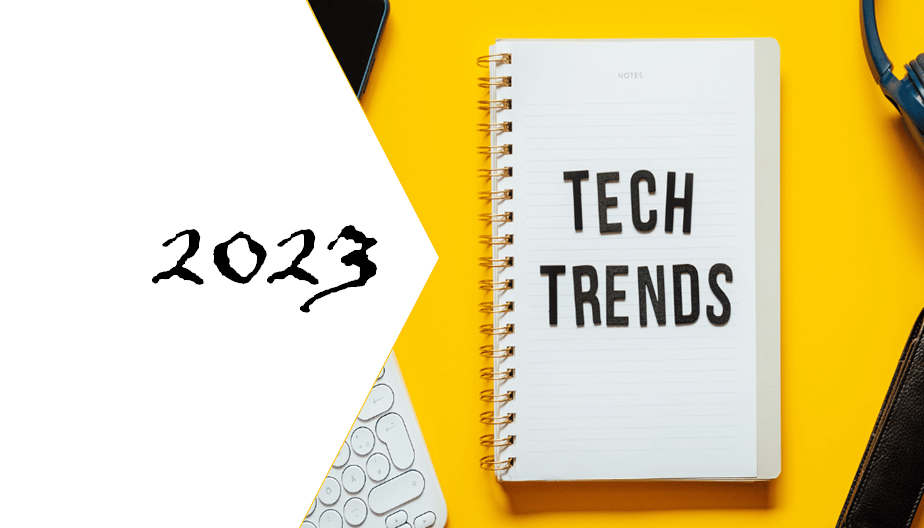
In the zettabyte age, the processing and storage of the flood of data as well as the increasing energy demand pose great challenges for companies – from a technological as well as an ecological point of view. Manfred Berger, Senior Manager, Business Development at Western Digital takes a look at the year 2023 and has identified five technology trends that companies should keep an eye on.
Trend 1: Sustainability as a driving force for innovation
The amount of data and the use of modern technologies such as AI (artificial intelligence) are continuously growing. This also raises the power consumption in data centres. For Western Digital, sustainability and technology are inseparably linked and are becoming pivotal innovation factors.
Storage solutions are a key energy aspect in the data centre.
Modern technologies that are cost-efficient and energy-efficient at the same time will therefore be in demand. Helium hard disks are one example.
The inert gas helium is hermetically sealed in the hard drive housing instead of air and has only one seventh of the density of air.
This reduces flow effects that occur when the discs rotate in the hard drive, as well as the amount of energy required.
Thinner and thus more disks can be placed in the casing, so that higher capacities are available with the same form factor of the HDD.
Furthermore, helium HDDs are cooler in operation compared to air-filled HDDs and require correspondingly less cooling in the datacenter. This reduces the energy costs for cooling and operation and positively influences the reliability of the drives.
Trend 2: The metaverse and the digital twin
The metaverse will make it possible to bridge the gap between the real and the virtual world. This means that the metaverse will meet another key technology in the coming year: the digital twin.
This can be used to create comprehensive digital models of anything physical or logical – from simple resources and products to complex environments such as power grids, warehouses or factories.
Thanks to data from IoT sensors, it will be possible to create ever more realistic digital twins – of a factory, for example. Companies can then immerse themselves in this environment using metaverse technologies such as virtual reality (VR) headsets.
This leads to a better understanding and deeper knowledge of actual manufacturing processes without having to access them directly. In this way, product development or design, for instance, can be improved.
Trend 3: Long-term archiving of data
With the steady growth of data, cold storage is gaining in importance. Cold storage is the long-term archiving of data that is not actively used immediately and is only retrieved when needed.
This includes, for example, unstructured information such as video surveillance recordings, sensor data or images, which offer great potential for future AI or analysis applications. Cold storage is an inexpensive and increasingly widespread method of data storage. By 2025, around 80 percent of all digital data could be stored in archives.
Trend 4: DNA Storage
New solutions and innovations are needed for archiving over a long period of 100 years or more. DNA storage, the storage of digital data based on the molecular structure of DNA, is particularly promising. What sounds like science fiction is becoming feasible today and could significantly influence the future of data storage.
DNA molecules as carriers of storage data have several advantages, including a very high storage density and low maintenance costs.
Currently, the technology is still in the development phase. However, major advances in genetic engineering and sequencing in recent years, as well as falling costs for DNA synthesis, could soon pave the way for DNA storage on the market.
Trend 5: Intelligent storage strategy
Data storage is more and more becoming a business-critical challenge for companies. One reason is the unstoppable data explosion. In addition, technologies such as IoT, 5G and AI are established in the market and generate data not only in the data centre, but also at the network edge or on the end devices themselves. For example, for video surveillance in smart cities, in retail or for crime prevention.
The different areas of application mean that the requirements for storage solutions also vary greatly. Even the form factors differ significantly, depending on whether it is, e.g., a surveillance camera, a drone or a factory robot.
A crucial success factor for companies will therefore be to develop more intelligent storage strategies and thus align their data storage architecture with the future needs.
Ready for 2023?
No matter how quickly these 2023 trends progress throughout next year, future-proofing data infrastructure is the most important step toward becoming a data -driven organization and unlocking the full potential of data.
As we look to 2023, enterprises need to put data at the heart of their strategic vision and business activity irrespective of where it lives.






Comments 1